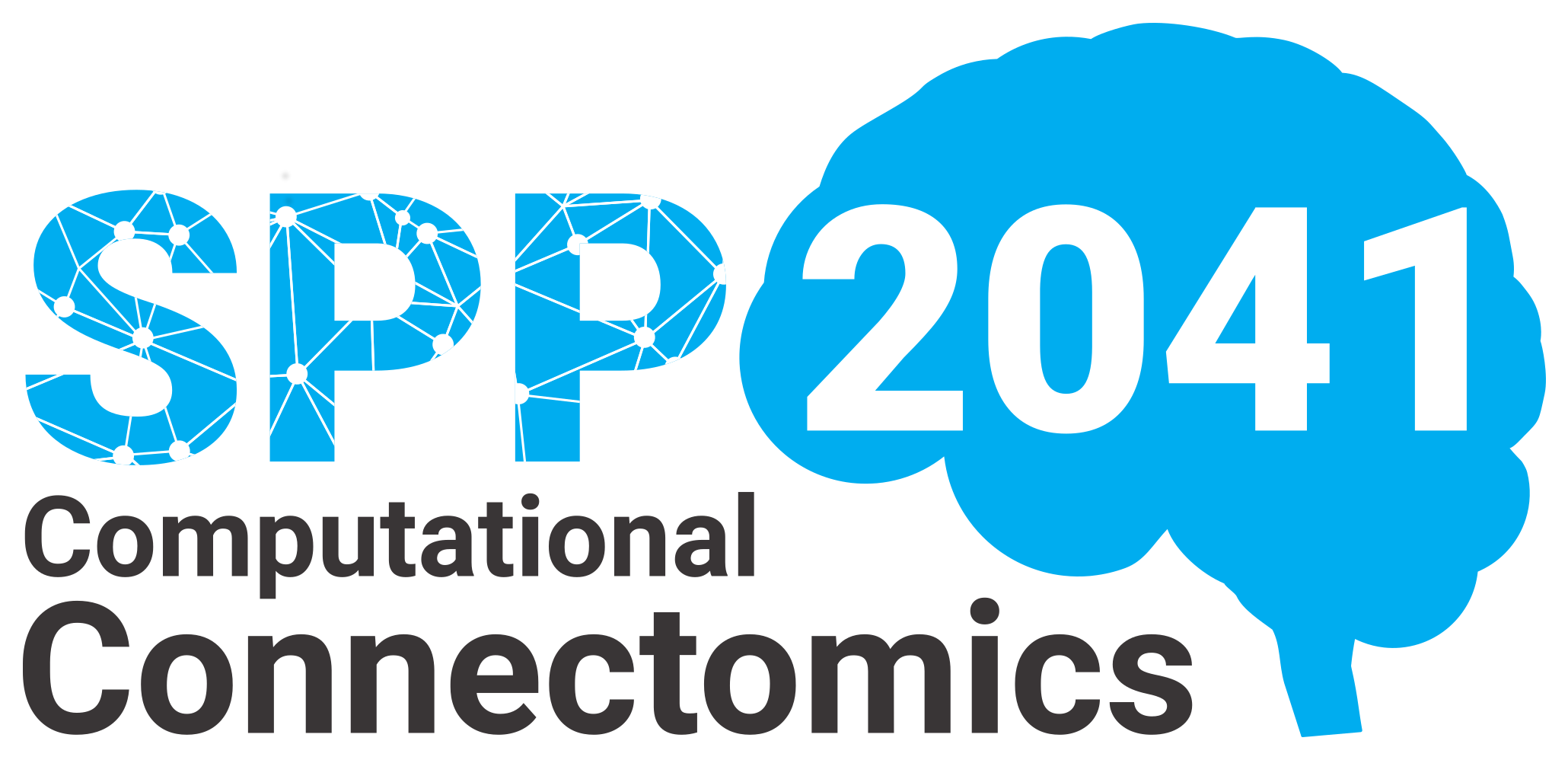Disentangling the computational modules of the inner retina
Visual processing begins in the retina – here, within only two synaptic layers, more than 40 parallel channels emerge, which relay highly processed visual information to different parts of the brain. The origin of this vast functional diversity lies in the retina’s second synaptic layer, the inner plexiform layer (IPL), where bipolar cells, amacrine cells and ganglion cells form complex interconnected networks. In particular the amacrine cells, the most diverse class of retinal interneurons, are crucial for decorrelating different functional channels: They tune the ganglion cells’ responses, which represent the retina’s output, by modulating glutamate release from bipolar cells as well as heavily shaping the signal integration in the ganglion cells’ dendritic arbors. However, despite decades of research, only a few amacrine cells circuits have been characterized in detail.
Here, we propose to tackle this problem by combining data from electron microscopy with graph theory and functional imaging of excitatory and inhibitory signals in the retina’s inner plexiform layer.
We will start by mining large-scale electron microscopic datasets of the mouse retina using connectomics and graph theory to identify the anatomical circuit modules of the IPL. To this end, we will recursively trace back the corresponding IPL module for a specific bipolar-to-retinal ganglion cell pathway, comprising all presynaptic partners. We will then model the resulting cellular network as a directed graph and apply graph theoretical methods to isolate modules that correspond to tightly interlinked and possibly overlapping networks of bipolar cells, amacrine cells and ganglion cells.
Next we will combine this analysis with 2-photon imaging throughout the IPL to record functional volumes of excitatory and inhibitory activity with sub-cellular resolution. Genetically-encoded biosensors will be used to detect excitation via synaptically released glutamate and inhibition via changes in intracellular chloride. During recordings, the retina is presented with an array of visual stimuli of different complexity designed to activate sets of distinct IPL circuit modules.
Finally, we will then develop computational models to decompose the excitatory and inhibitory functional volumes into functional IPL modules. By exploiting biophysical simulations, we will then match the functional IPL modules to the anatomical ones. We will particularly focus on IPL depths where multiple modules intersect, e.g. where multiple types of bipolar cells co-stratify.
We expect that this approach will provide the most exhaustive account of the role of amacrine cells for visual processing in the retina and open up new avenues for anatomy-based modelling of visual processing.
Here, we propose to tackle this problem by combining data from electron microscopy with graph theory and functional imaging of excitatory and inhibitory signals in the retina’s inner plexiform layer.
We will start by mining large-scale electron microscopic datasets of the mouse retina using connectomics and graph theory to identify the anatomical circuit modules of the IPL. To this end, we will recursively trace back the corresponding IPL module for a specific bipolar-to-retinal ganglion cell pathway, comprising all presynaptic partners. We will then model the resulting cellular network as a directed graph and apply graph theoretical methods to isolate modules that correspond to tightly interlinked and possibly overlapping networks of bipolar cells, amacrine cells and ganglion cells.
Next we will combine this analysis with 2-photon imaging throughout the IPL to record functional volumes of excitatory and inhibitory activity with sub-cellular resolution. Genetically-encoded biosensors will be used to detect excitation via synaptically released glutamate and inhibition via changes in intracellular chloride. During recordings, the retina is presented with an array of visual stimuli of different complexity designed to activate sets of distinct IPL circuit modules.
Finally, we will then develop computational models to decompose the excitatory and inhibitory functional volumes into functional IPL modules. By exploiting biophysical simulations, we will then match the functional IPL modules to the anatomical ones. We will particularly focus on IPL depths where multiple modules intersect, e.g. where multiple types of bipolar cells co-stratify.
We expect that this approach will provide the most exhaustive account of the role of amacrine cells for visual processing in the retina and open up new avenues for anatomy-based modelling of visual processing.
Principal Investigators
Privatdozent Dr. Philipp Berens
Universitätsklinikum Tübingen
Department für Augenheilkunde
Forschungsinstitut für Augenheilkunde
Professor Dr. Thomas Euler
Eberhard Karls Universität Tübingen
Werner Reichardt-Centrum für integrative Neurowissenschaften (CIN)
